At around 1.4 billion people, India just became the world’s most populous country! 🇮🇳🎉
India surpassed China but will hit their peak in 2060, while Africa will continue to rise until 2100.
Let’s use this population milestone as an excuse to understand India a bit better, especially as they grow on the world stage. These learnings are pulled from the 600-page beast, India: A History, with a sprinkling of organically-sourced internet rabbit holes.
Five small bits:
Geography: India has a breadbasket too
History: India had and continues to have religion
India is like China’s 10-year younger sibling
600M internet users is 600M more than 0
The India Stack is like WeChat for India — an enabling startup platform
1. Geography
India’s geography is kind of like the US’s—a breadbasket and two coasts. But instead of the breadbasket in the middle of the country, their breadbasket is up north.
India’s geography has five main parts:
The Himalayan mountains in the northwest and northeast—in brown.
The Indo-Gangetic Plain—in yellow. This is farmland where much of India lives.
The Deccan Plateau—in green. Highlands where not many people live.
Coastal regions—in blue. Lots of people in cities like Mumbai & Chennai.
The Indian desert—in tan. Honestly, I don’t know anything about this 😂.
This geography leads to India’s current population density. Many Indians live in the Indo-Gangetic Plain as massive Himalayan rivers feed lots of people.
This is the same floodplain that feeds the large populations of Pakistan (230M) and Bangladesh (170M).
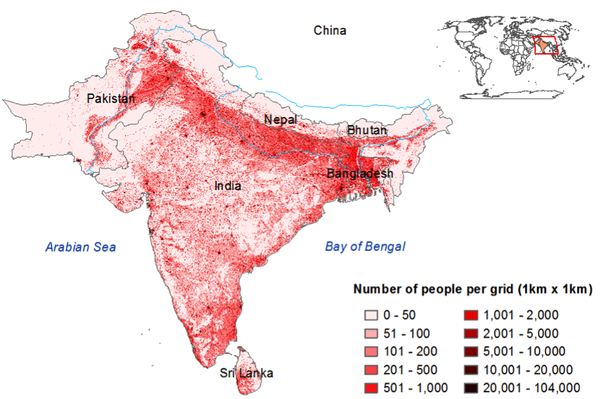
2. Extremely detailed short history
Back in the day, in 3000 BCE, the Indus and Ganges floodplain led to the Indus River Valley Civilization, one of the four OG birthplaces of modern civilization. (Which all started on floodplains!)
For much of pre-globalization history, India existed in pseudo-isolation between its neighbors to the west (aptly named the Middle East) and the east (China).
India was the birthplace of both Hinduism (~1000 BCE) and Buddhism (400 BCE), which finally culminated in the 2006 memoir, Eat Pray Love.
Buddhism was especially powerful initially, but its influence waned by 1500 CE. Why? First, Hinduism was able to remix itself to get the best parts of Buddhism, while also integrating with the larger empire’s bureaucracy & culture (creating our friend the caste system). Second, Islam did the whole “caliphate” thing and conquered much of Buddhism.
This leaves us with the religious maps we know today: Buddhism in Southeast Asia and China, Islam in the Middle East, and Hinduism in India.
But don’t worry, we don’t have full peace. We still have an -ism schism. The fighting now isn’t between Islam and Buddhism, but between Islam and Hinduism. This conflict created the original partition in 1947 with Pakistan and Bangladesh splitting off from India. It continues to create conflict today between Modi’s Hindu nationalist party (BJP) vs. the minority Muslim population of 200M.
In modern times (after 1500 CE), the West rose to power and colonized the world. In the Americas, this led to one of the most “whitewashed history” names ever, the Colombian Exchange, where 90% of the 100M indigenous folks were killed.
The situation was similar in India. British rule (~1750-1950) was mostly, as Amartya Sen notes, a Time of Famines with over 100M excess deaths.
With death, so falls the one metric to which we all bow—GDP. Around the time of our (literal) boi Jesus (0 CE), China and India were each responsible for 30% of the world’s GDP. By 1970, they both decreased to ~5%. Now China is 20% and India is back to 10%.
My favorite graph for this is the Global Economic Center of Gravity. The center of gravity was closer to India and China 2000 years ago and now is returning. Rise of the East!
3. India vs. China
I’ve found it helpful to think of India as 10 years “behind” China. You can see this in GDP where China in 2007 is equal to India in 2019:
Or we can see this from through tech. As Sebastian Mallaby notes in Power Law, China’s first talent and capital aggregator, Baidu, was founded in 2000, while India’s first big win, Flipkart, was founded in 2007. These both fueled massive tech ecosystems in their wake.
4. Bollywoodization of the English internet
Bollywood still only has 20% of the box office revenue of Hollywood. But India has lots of internet users. Lots.
What does this mean? First, the West will learn to recognize top Indian apps. MX Takatak, Meesho, and Resso are coming to an app store near you. (Unlike Chinese apps, which exist on their side of the Firewall That Shall Not Be Named.)
The top Youtube channels will soon be Indian as well. Right now, #1, #3, and #10 are all Indian media companies.
5. The India Stack helps a thousand flowers bloom
These consumer apps on build on a beautiful tech stack, the India Stack, which may be my favorite piece of government internet infrastructure. (What is yours?!?)
It combines a digital identity system (Aadhaar) with banking protocols (UPI). This means you can build, well, anything. As Albert Wenger notes, these protocols enable massive startup experimentation, just like WeChat did for China.
///
Of course, India is not perfect. Only Canada is. 🇨🇦
But it’s been fun to hang with increasing numbers of Indian frontier people through the Roote Fellowship (RF1, RF5, and RF6 had folks calling in from India). I’m excited to see how India takes an increasing role on our world stage in the coming decades. 📈
Warmth, Rhys ❤️
I’m adding my weekly podcasts to the bottom of newsletters now.
This week I interviewed Kevin Kelly on his new book, Excellent Advice for Living. Enjoy!
Subscribe or share to join the 1200+ folks mapping and building the frontier.
❤️ This work is supported by excellent patrons and organizations. ❤️
If you’d like to become a patron to help us map & build the frontier, please do so here or pledge below. Thanks!
Stardust Evolving, Doug Petkanics, Daniel Friedman, Tom Higley, Christian Ryther, Maciej Olpinski, Jonathan Washburn, Sam Jonas, Patrick Walker, David Hanna, Benjamin Bratton, Michael Groeneman, Haseeb Qureshi, Jim Rutt, Brian Crain, Matt Lindmark, Colin Wielga, Malcolm Ocean, John Lindmark, Ref Lindmark, Peter Rogers, Denise Beighley, Scott Levi, Harry Lindmark, Simon de la Rouviere, Jonny Dubowsky, and Katie Powell.



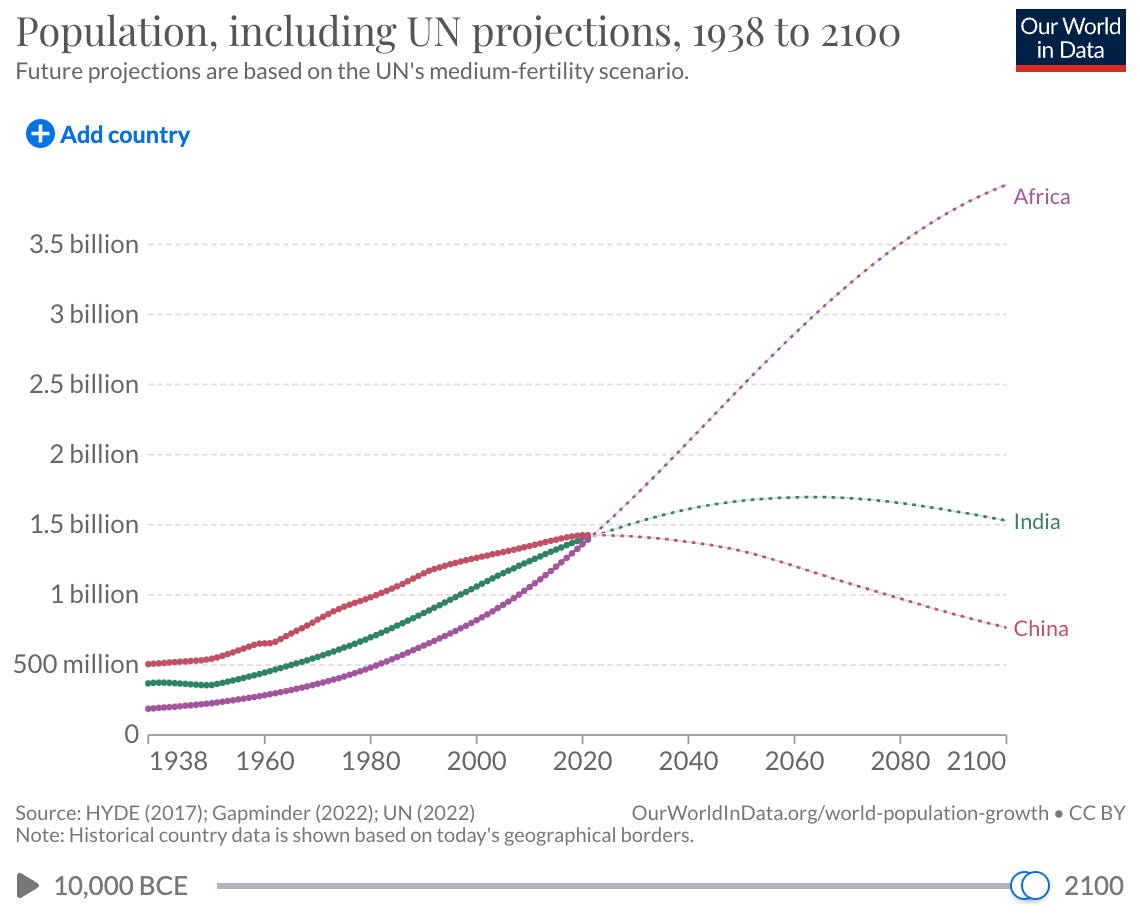
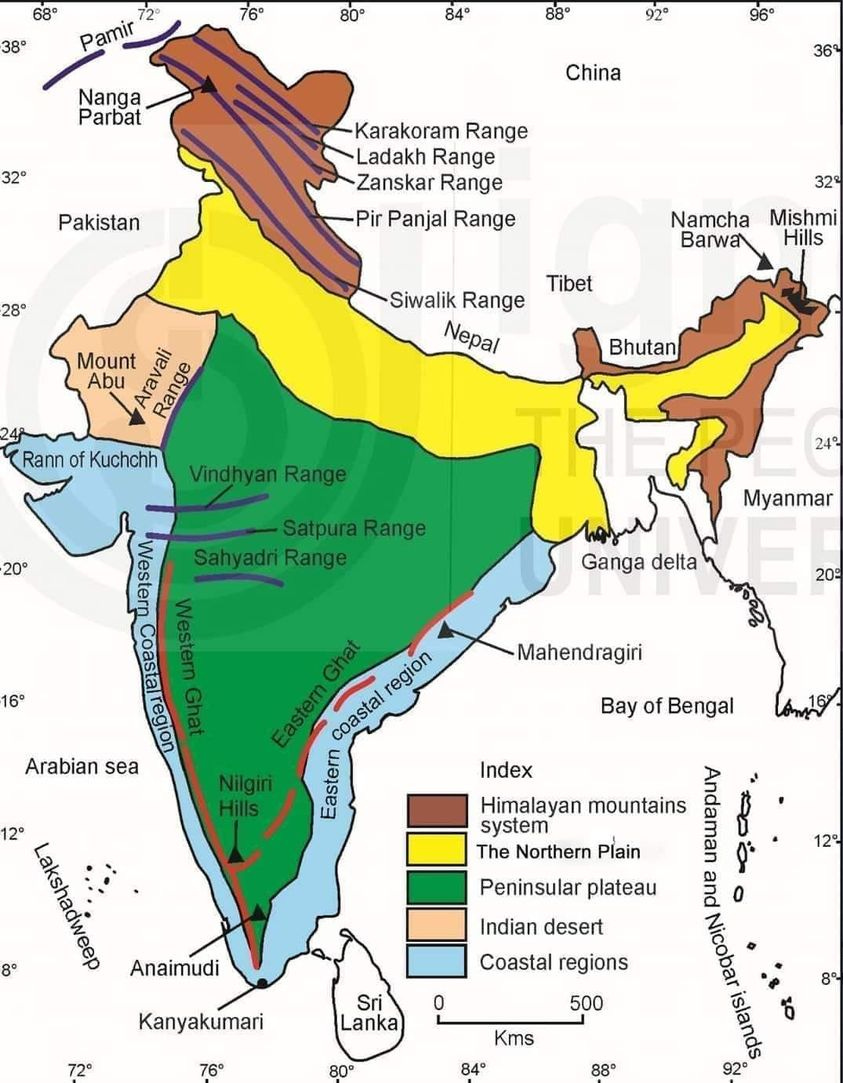
![r/dataisbeautiful - [OC] A population density map of India r/dataisbeautiful - [OC] A population density map of India](https://substackcdn.com/image/fetch/$s_!fMUu!,w_1456,c_limit,f_auto,q_auto:good,fl_progressive:steep/https%3A%2F%2Fsubstack-post-media.s3.amazonaws.com%2Fpublic%2Fimages%2F9c9cb48d-8de6-4ae2-89be-bf758e38efc2_960x896.png)
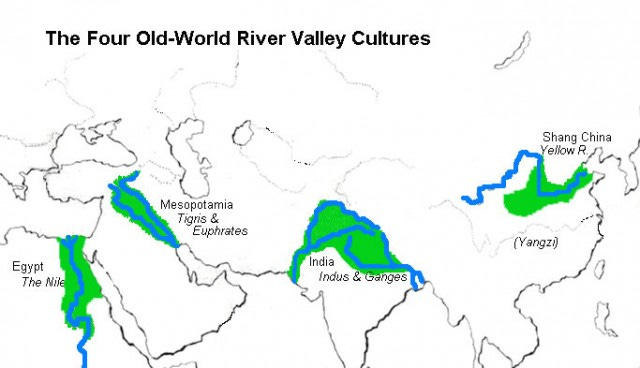
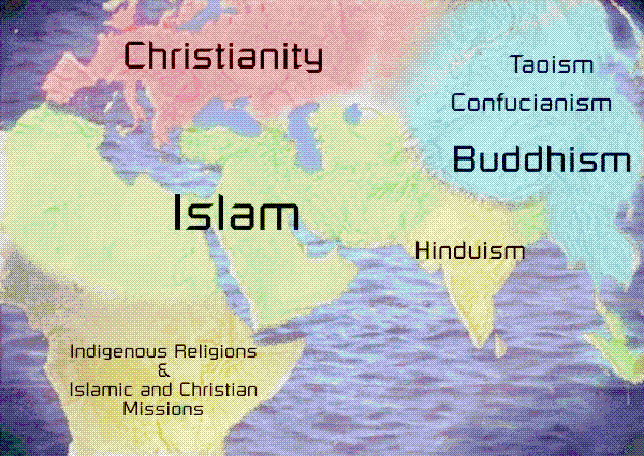
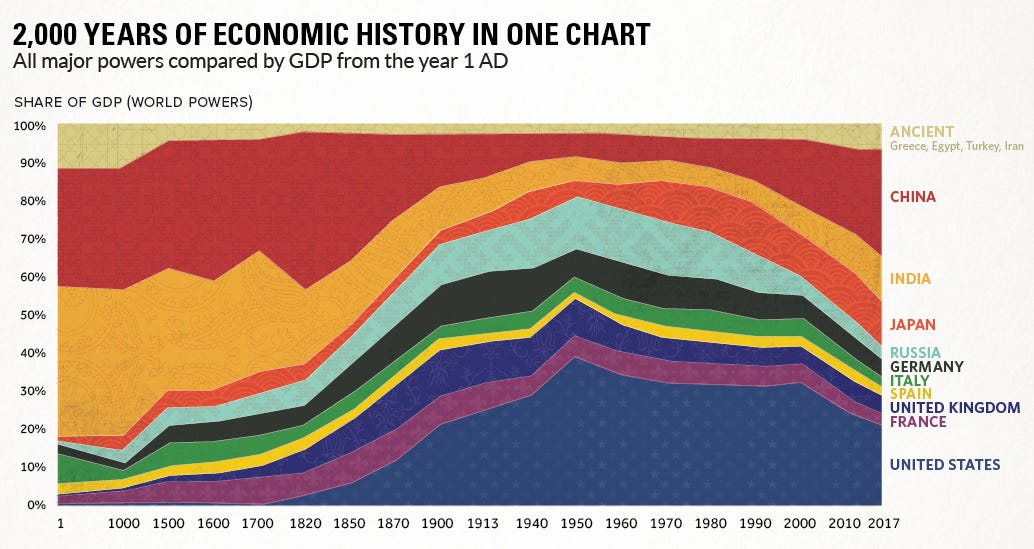
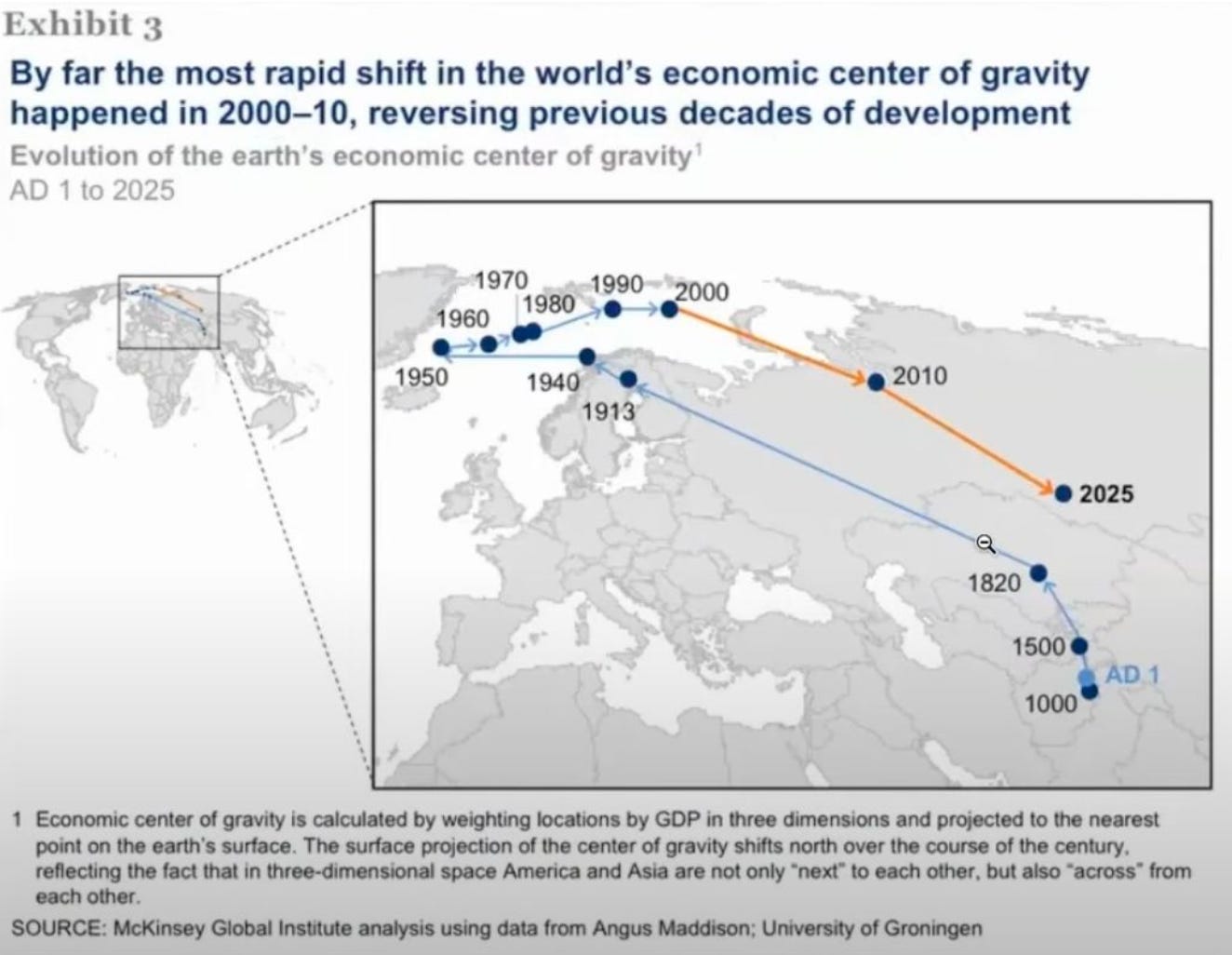



![r/dataisbeautiful - [OC] Top 10 YouTube Channels r/dataisbeautiful - [OC] Top 10 YouTube Channels](https://substackcdn.com/image/fetch/$s_!sfZD!,w_1456,c_limit,f_auto,q_auto:good,fl_progressive:steep/https%3A%2F%2Fsubstack-post-media.s3.amazonaws.com%2Fpublic%2Fimages%2Fb418079c-c383-460b-b9fe-399ba5b68003_960x720.png)
